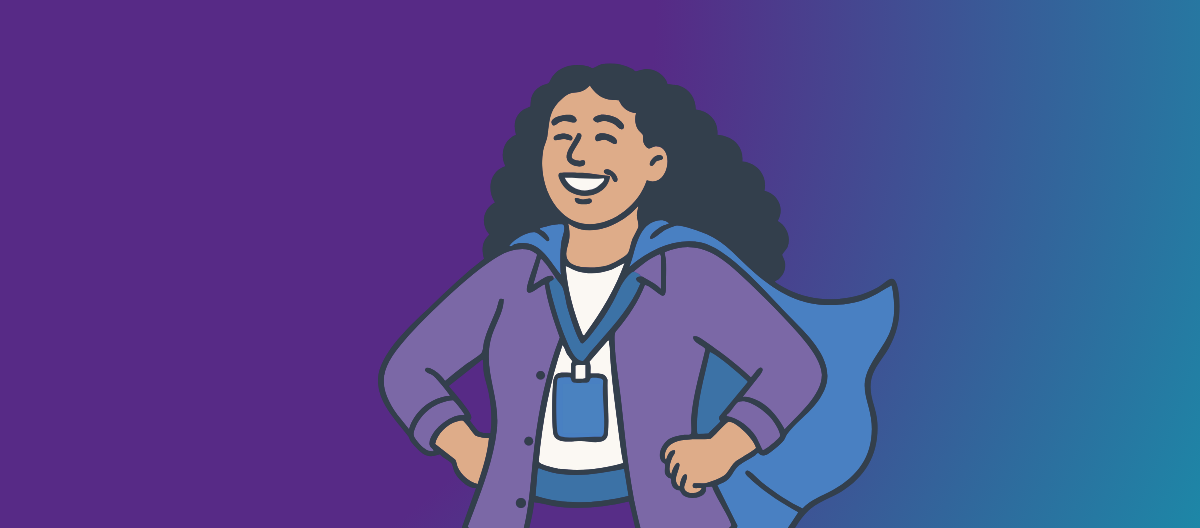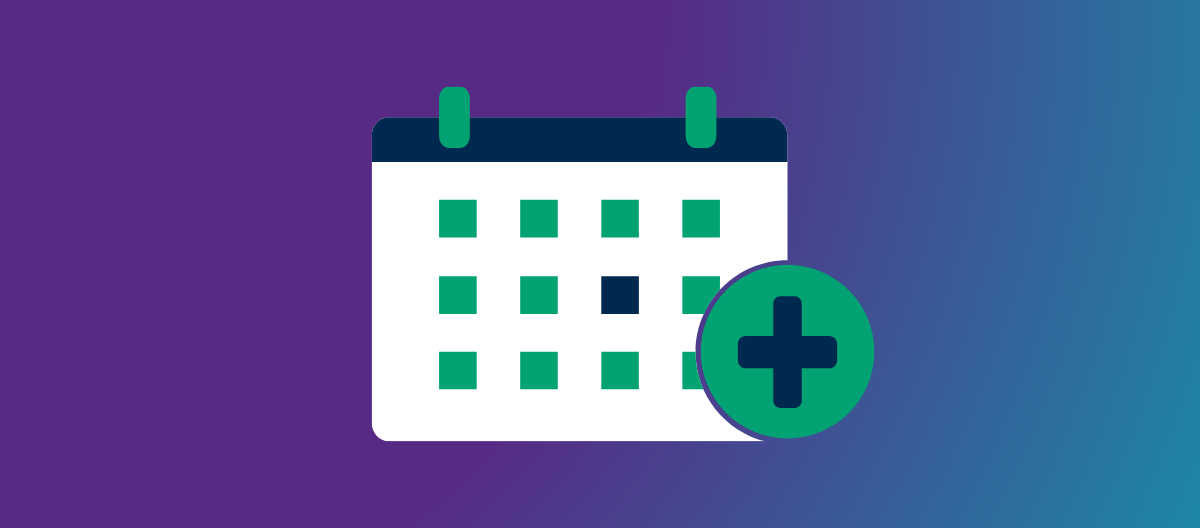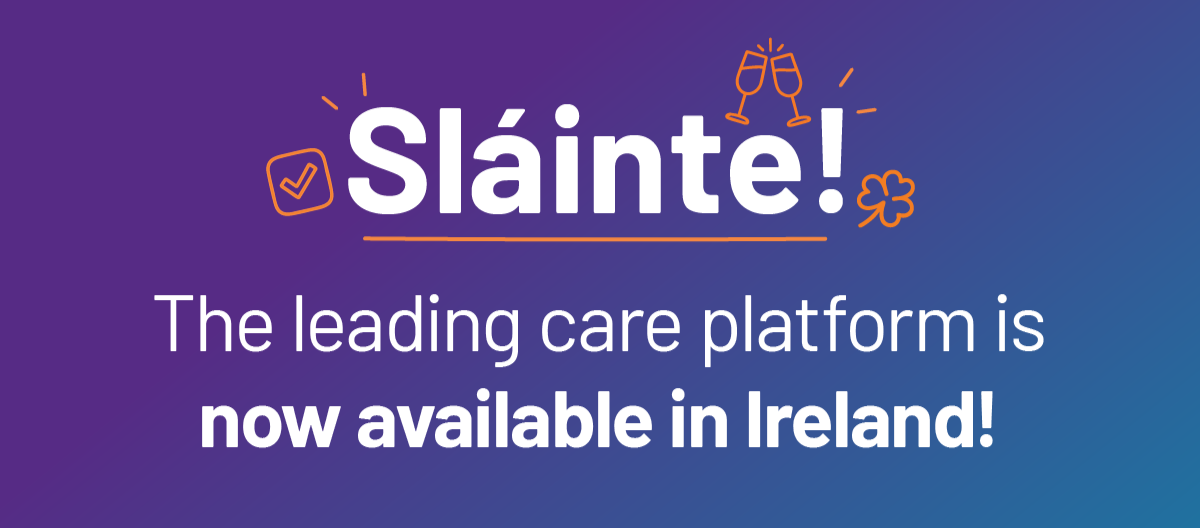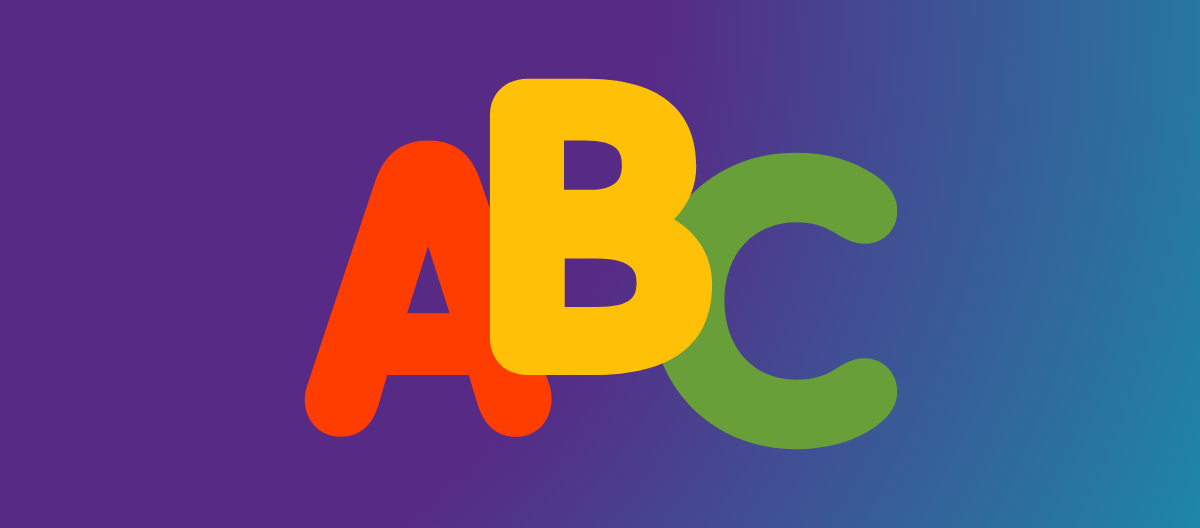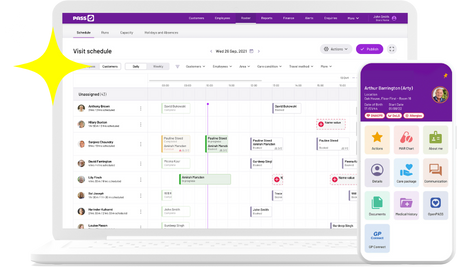Want your CQC rating to improve from good to outstanding after the next inspection? It’s all about implementing proven solutions now, so you’re prepared and ready to showcase your upgrades when the time comes.
One of the most effective ways to achieve this is by implementing high-quality home care software that supports people-centric care, streamlines communications, provides transparency and accountability, and makes your organisation more responsive.
These tools actively support the goals of the Care Quality Commission (CQC) rating system by helping your team deliver care more effectively by sharing information instantly, reducing administrative time in favour of caregiving, helping caregivers respond quickly to changing care needs and preferences and reducing human error risks by making sure that up-to-date medical and care information is at their fingertips.
What is an ‘outstanding’ or ‘good’ care rating from the CQC?
The CQC rating scale is designed to evaluate a care agency based on 5 key questions:
- Are the services keeping the patient safe?
- Are the services effective at achieving good outcomes and maintaining quality of life?
- Are the services caring, people-centric, and respectful?
- Are the services responsive and well-organised so that they meet patient needs quickly?
- Are the services well-led, with clear responsibilities and accountability, in an ethical culture that is care-centred, ethical, and innovative?
The inspector will assign an outstanding, good, requires improvement, or inadequate rating to each of these key lines of enquiry, creating an average ranking for the care organisation as a whole.
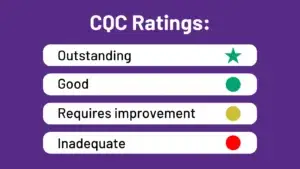
What does it mean for a care provider to achieve a CQC rating of good or outstanding?
A good ranking means that the service is performing within expectations, that it is delivering effective and consistent care that is compliant with national standards, and patients and staff have adequate resources. It also means that the agency has sufficient competent staff, deals with issues transparently, involves patients and families in their care planning, and has a positive culture and vision.
Overall, a good rating is definitely something to be proud of and to work towards maintaining by continually reviewing services and implementing minor improvements. In 2021/22, 79% of care agencies achieved a good CQC rating.
In contrast, an outstanding ranking means that the service is performing exceptionally well, that there is a drive for innovation that has delivered major achievements in care services. It’s a very high bar to hit, and just 5% of care agencies in the UK have managed it – but with the right solutions, it can be done.
If your organisation wants to move from good to great, the good news is that you only need to hit outstanding on two of the five questions to make it!
What separates an outstanding care provider from a good one?
So, how do you make the jump from good to outstanding? Because this is the highest ranking a care agency can achieve, it’s all about going above and beyond in delivering care and running your organisation.
These organisations are characterised by driven leadership, a focus on digital innovation, superior level of attention to detail, highly qualified staff, promoting safe and creative ways to manage risk and support patient choice, and have a culture of people-centred excellence.
This benefits your patients as well as your organisation, boosting staff morale and attracting and retaining the best skills through achieving a reputation as one of the best providers in the country.
What to do if you have been rated as ‘requires improvement’ or ‘inadequate’?
The two lowest ratings on the CQC report are ‘requires improvement’ and ‘inadequate’. These are assigned to services and providers that are underperforming in key areas, but these can mean very different things. Requires improvement ratings are assigned when there are a few errors or a few areas of care that need upgrading, while inadequate ratings show that there are multiple areas of care that are failing. Either way, it’s a sign to implement quality systems and improvements in the areas that are falling behind.
For example, if your safety question is rated as requires improvement or inadequate:
- Your staff may not have a complete understanding of their responsibilities
- Your risk management may be limited
- Safety policies may be weak or unenforced
If your responsiveness question is rated as requires improvement or inadequate:
- Your patients and their families may not have enough input into care plans
- Care plans may be difficult to review and change as care needs change
- Your staff may not have quick and easy access to the resources and information needed to provide up-to-date care
If your care question is rated as requires improvement or inadequate:
- Your communication between staff, patients, and families may be lacking
- Staff may be overwhelmed with administrative duties, leaving less time for caregiving
The good news is that these issues and more can be tackled and solved with the right home care software solution. These systems digitise numerous aspects of care to help achieve goals related to communication between all parties, care plan development and management, policies, evidence of care, and operational efficiency.
How home care software helps you improve CQC ratings
Whether you are on a good rating and want to achieve an outstanding one, or whether you’re on a lower rating and want to transform your organisation, home care software is key to achieving these goals. Here’s how it works in action to meet the 5 criteria in a CQC ratings evaluation.
Improving efficiency
Efficiency is essential to making services highly responsive and effective. With home care software, relevant parties can use a digital platform wherever they are to communicate instantly, access updated medical and care requirements and develop people-centric care plans on digital templates, making them able to respond quickly to care needs. This is key to achieving CQC goals for responsiveness and effectiveness of services, as well as improving quality of care.
Saving time
Unlike traditional paper-based systems, digital home care software saves significant time for administrative and management teams, as well as care providers. Using search functions and dedicated file systems, it’s quick and easy to look up care plans and patient data, authorise parties to make changes and send it out to all relevant persons. All with the click of a button!
Transparency
In CQC evaluation, it’s essential to have evidence and reports easily available for inspectors to see how your services work, measure their effectiveness and evaluate compliance with national standards. Home care software keeps all documentation and records in best practice formats securely stored in the cloud. This ensures you have end-to-end reporting for CQC inspectors and other regulators and key parties that follows the latest compliance criteria.
Process management
Good leadership is as much about driving solid process management as it is about showing innovation, a dedication to excellence, and creating a people-centric culture. And home care software helps achieve all of these! Digitising is an innovation actively supported by the CQC since 2018 because of the benefits it provides. Not only does it foster collaboration and openness while supporting accountability, but it also helps organisations automate processes to ensure that services are delivered faster and more accurately. From creating new care plans and modifying existing ones to supporting medication management and creating timelines for care, going digital means efficient and effective process management.
Improving outcomes
At the end of the day, CQC ratings processes focus on outcomes – how services, leadership, and staff impact the quality of care for the patient. There are few things more effective for increasing your rating than making patient outcomes central to your organisation, and home care software creates exceptional support for this. With digital scheduling for actions, medications management, access to real-time GP-record data, customisable care plans, care records, and even communication features that allow relatives and loved ones to see the latest activities, the best home care software can make an immediate and measurable impact on these goals.
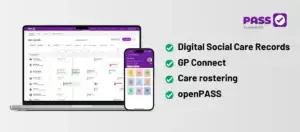
Implement home care software and put your organisation on track to achieve the highest ratings
everyLIFE technologies was founded on a passion for empowering care agencies to deliver the highest standards of personalised care easily and efficiently. Through a secure, cloud-based digital care software solution PASS was designed with the input of the industry and now supports over 80,000 people. With complete care plans, care plan tracking, care records, and online as well as offline alerts, we work to make critical data accessible, secure, and usable for your team.
Use our care inspection checklist to get ready for your CQC inspection, and have a look at one of our case studies to see for yourself how we’ve helped organisations just like yours to manage the rewarding digitisation journey.

